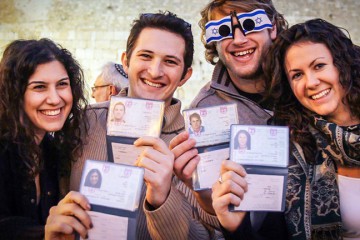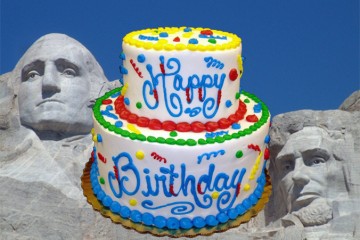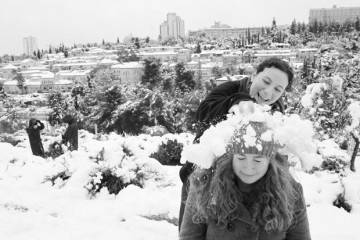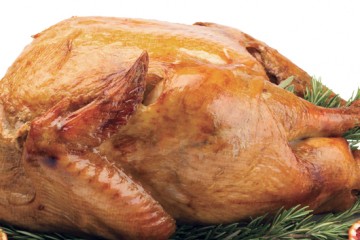The Seder’s questions

Leshon Ima – Mother Tongue with Dr. Rachel Zohar Dulin, Special To The Dayton Jewish Observer
As the holiday of Pesach approaches, Jews around the world will prepare for their Seders. The Seder ritual is celebrated on the evening of the 14th of Nisan (and the 15th outside of Israel) on the Jewish calendar to commemorate in lore, songs and prayers the Exodus from Egypt and the blessings of freedom.
The Seder ritual follows an old tradition mentioned in the Mishnah (P’sachim 10) and its recitation is triggered by a set of questions presented to the elders of the household by the young.
These questions are known as kushiyot (kashes in Yiddish). The post-biblical Hebrew word kushiya, literally a difficult problem (P’sachim 116a), is derived from the verb kasheh meaning difficult, hard, and severe. Thus the kushiyot are not simple questions; rather they are meant to be catalysts to raise and stir conversation to explain difficult issues.
Originally only three kushiyot were asked to begin the Seder, and they focused on the nature of the meal: they questioned the custom of eating matzah, the reason for dipping the appetizer twice, and the rationale for eating bitter herbs.

The forth kushiya was added during the Middle Ages and questioned the setting and the comfort level of the participants.
The Four Kushiyot are also known as the Mah Nishtanah, because they begin with the wording, mah nishtanah ha laylah hazeh mikol haleylot? The customary translation of this sentence is, “How does this night differ from all other nights?” But this translation is not completely accurate.
The key word nishtanah is derived from the root sh-n-h meaning change or become different. Since the verb appears here in the past tense, it should be read, “how this night” — nishtanah — “became different” from all other nights? In other words, it is not merely a statement that this night is different, but is an inquiry as to what happened to make this night different?
This reading gives a new meaning to the kushiyot and with it a new tenor to the recitation of the Haggadah.
There are a few phrases in Hebrew based on the root sh-n-h we should note. Meshaneh makom meshaneh mazal means “a change (meshaneh) in location brings a change in luck.”
The wise rabbinic advice ein meshanim miminhag hamedinah means, the custom of the land should not be altered. In other words, one should adjust to the custom of the land in order to be a part of the society where one lives (Tosefta Baba Metziah 5:6).
So, as we sit at the table and listen to children asking the Mah Nishtanah, we should recall that their Four Kushiyot echoed yearly at the Seder lead us into the journey of history and the reaffirmation of our faith.
Dr. Rachel Zohar Dulin is a professor of biblical literature at Spertus College in Chicago and an adjunct professor of Bible and Hebrew at New College of Florida.
To read the complete April 2016 Dayton Jewish Observer, click here.





